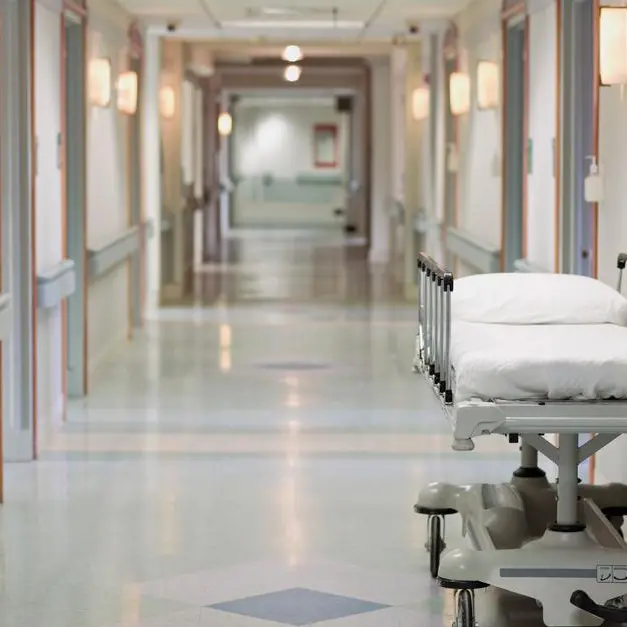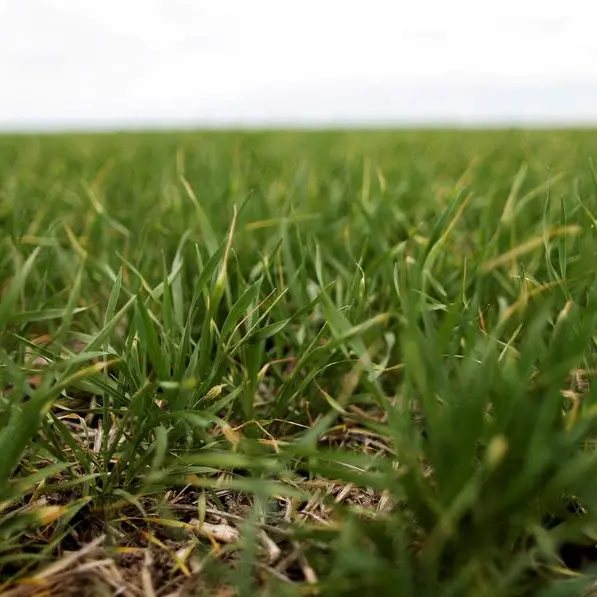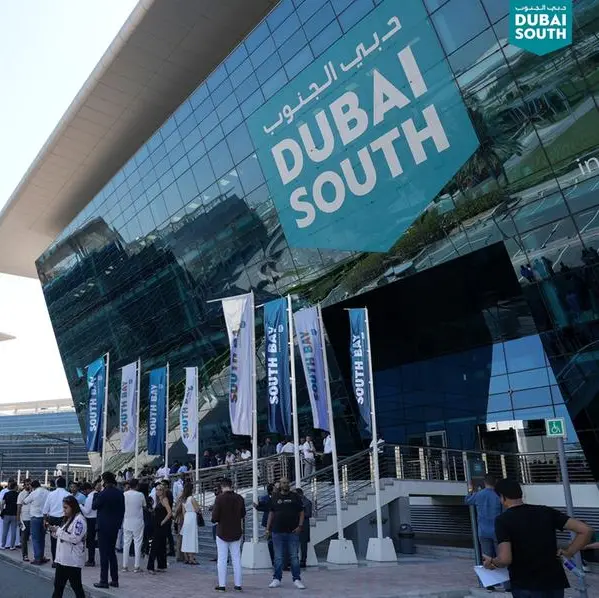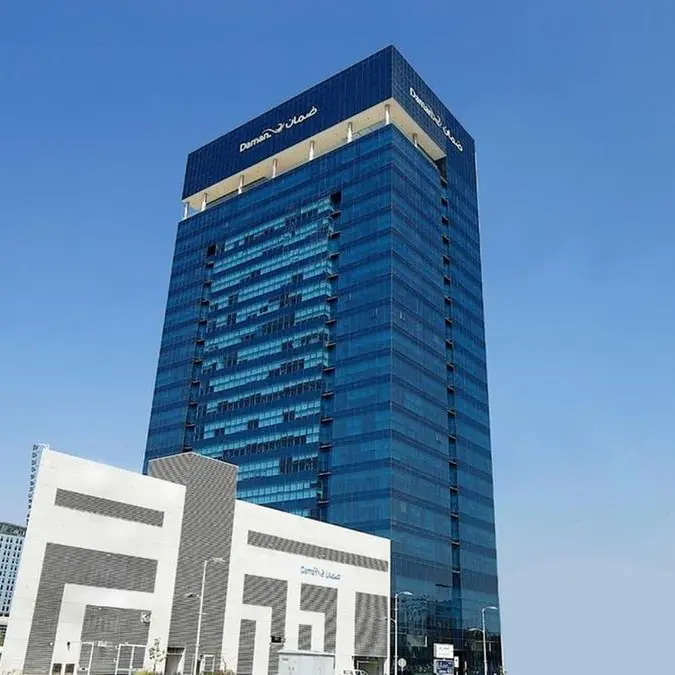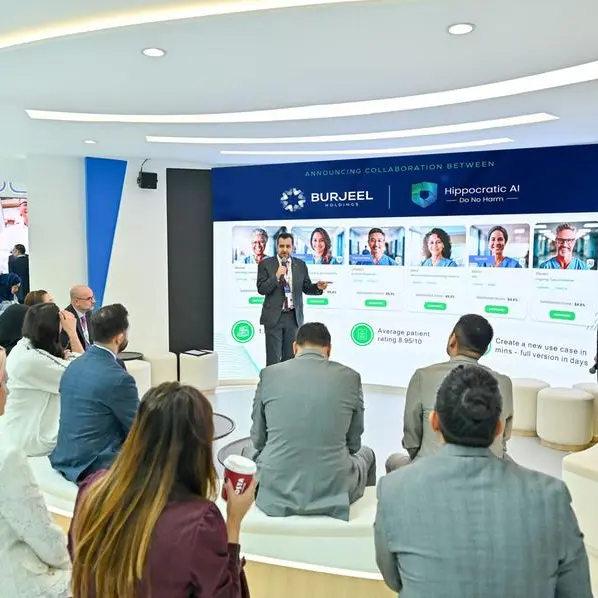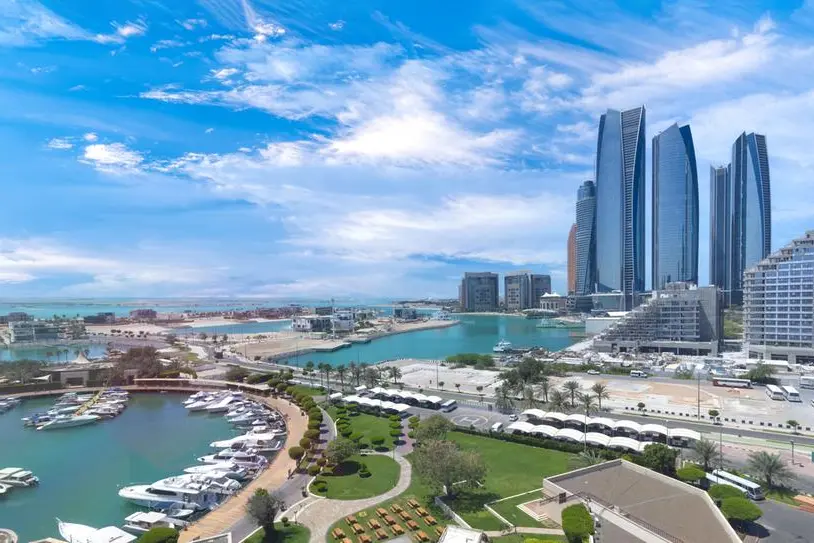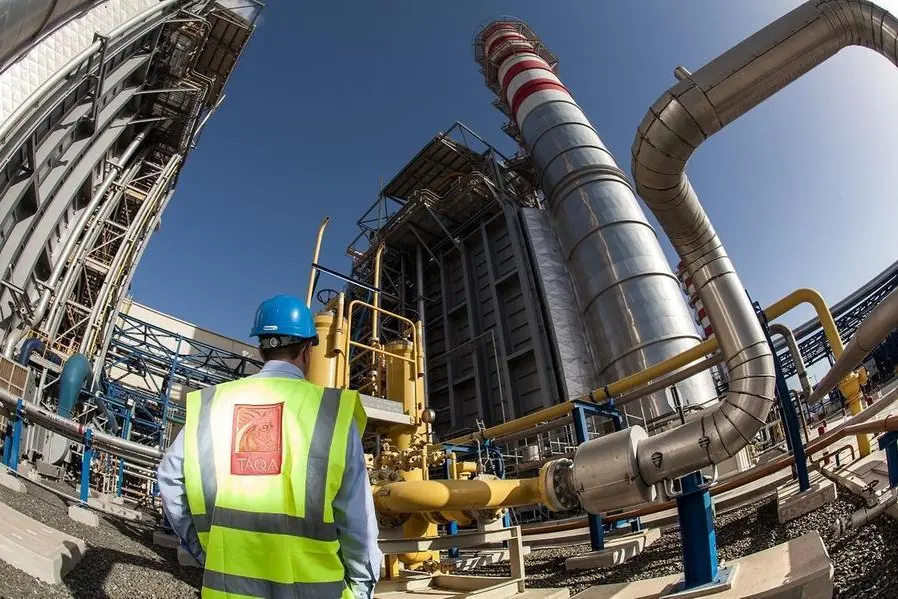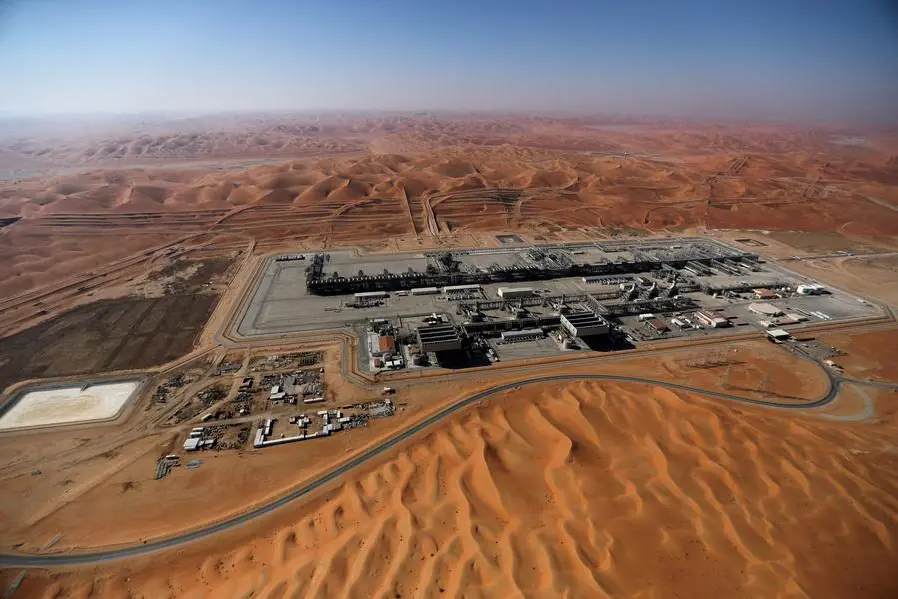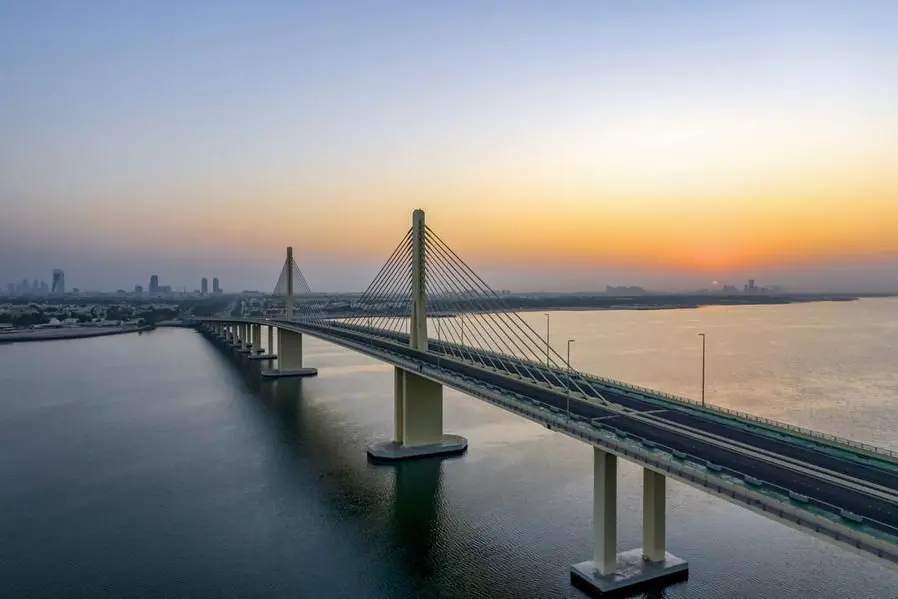Wednesday, Dec 23, 2015
Abu Dhabi: The undersupply of affordable housing options in the capital looks set to continue into the next year, even as residents scramble to find suitable accommodation in the absence of a rent cap or index.
This is because very few rental units will come on the market during 2016, both in prime areas as well as through affordable housing initiatives, May Hassan, financial analyst at real estate services company Jones Lang LaSalle (JLL), told Gulf News.
“As a result, rents during the next year are expected to remain stable or even increase slightly, similar to what occurred during 2015. In fact, the Abu Dhabi market saw a four per cent increase in rents in the first quarter of this year (2015),” Hassan added.
A new property regulation that will come into effect in January 2016, and which was announced this June, could further promote undersupply.
“The new law focuses mainly on developers and investors, and is expected to make the market more transparent and attractive for those wishing to invest. But this urges greater caution on the part of developers. As a result, less development is likely to occur, especially in prime areas. And as long as there is limited supply, rents are unlikely to fall,” Hassan explained.
Abu Dhabi has long had a shortage of affordable housing, and the 2013 removal of a cap that prevented landlords from increasing rent by more than five per cent each year exacerbated the situation. As reported by Gulf News, an index that will guide rental values based on indicators like location, number of bedrooms and age is said to be in the works, but there is no indication yet as to when it will be announced or implemented.
“The index could resemble the one managed in Dubai Land Department’s Real Estate Regulatory Agency (Rera), but it is unclear when this will be available in Abu Dhabi,” the analyst said.
A JLL 2015 report states that middle-income housing, which cater to families that earn between Dh10,000 and Dh30,000 per month, is still located on the outskirts of the capital, far from the central business district.
Moreover, there is no inclusive public transport system to serve those who live in more affordable suburbs like Mussaffah.
Affordable rental units in the heart of the city are in older, rundown buildings with limited access to parking facilities.
As a result, this has led to widespread sharing of apartments and villas, with some parts of the city accommodating twice as many households as leasable units.
Although some middle-income housing is currently being developed by Aldar Properties on Reem Island as part of its Meera project, and by Manazel Real Estate in Al Reef 2, these are only expected to be ready in 2018. In the meantime, residents continue to complain about the high rents, especially in the face of declining oil prices.
“It is very difficult to find out about available rental properties in the city since they get snapped up as soon as they become vacant. We tried using the services of an agent, but the agency charged a hefty Dh5,000 commission for services,” said R. Alam, a Bangladeshi homemaker.
Alam said she was looking for an apartment in the heart of the city.
“My daughter has certain developmental difficulties, and needs to attend regular therapy. But it has been near impossible to find an apartment nearby,” she added.
Another Canadian resident who declined to be named said rents for her Reem Island had been increased from Dh80,000 to Dh90,000 last year.
“This year, no increase has been mentioned, and we are very glad. Otherwise, we had considered looking for lower quality housing, but sadly, even these are not reasonably priced,” she said.
By Samihah Zaman Staff Reporter
Gulf News 2015. All rights reserved.
